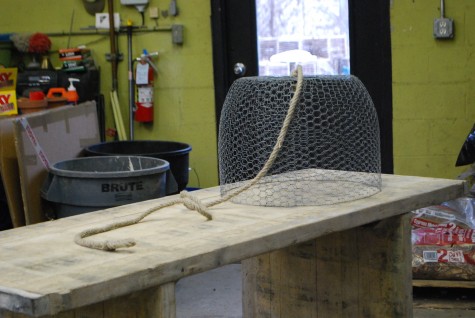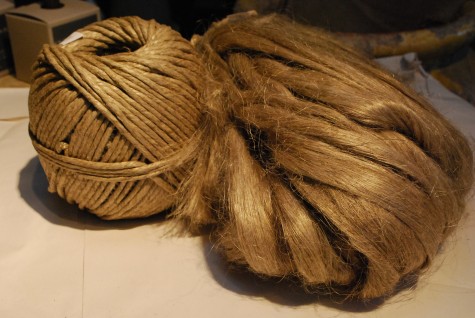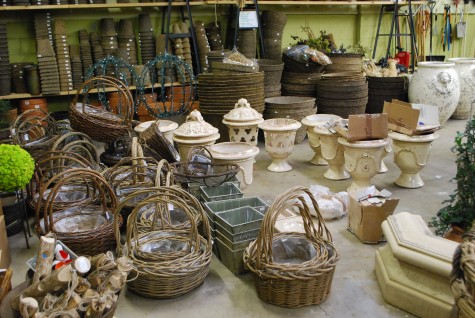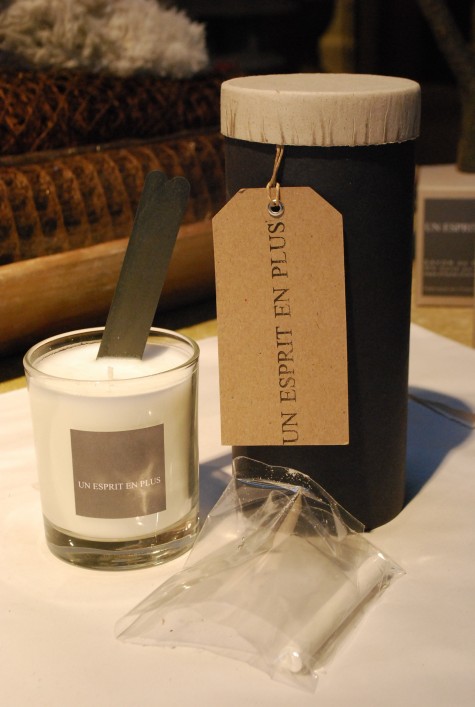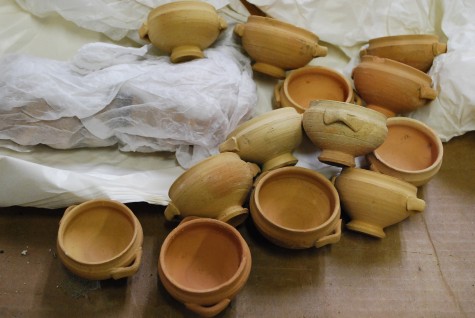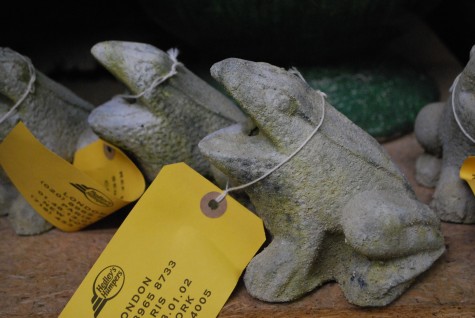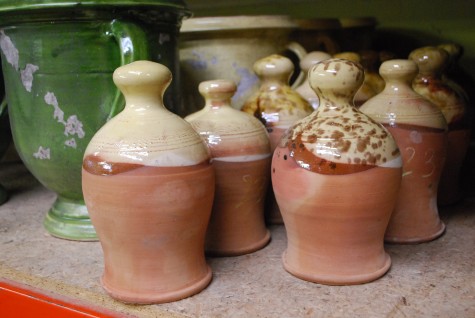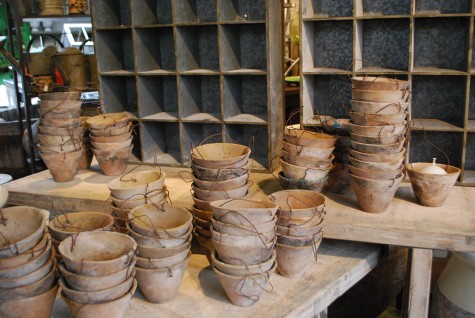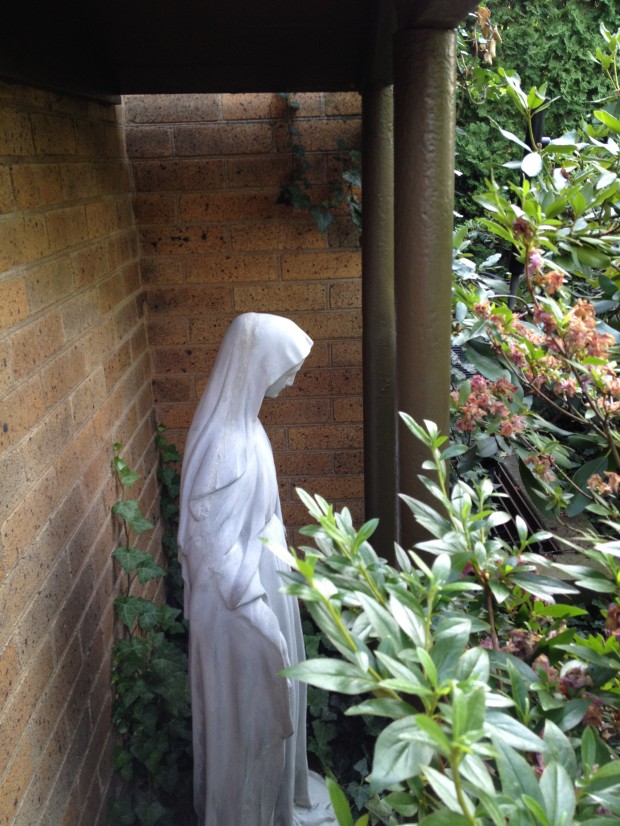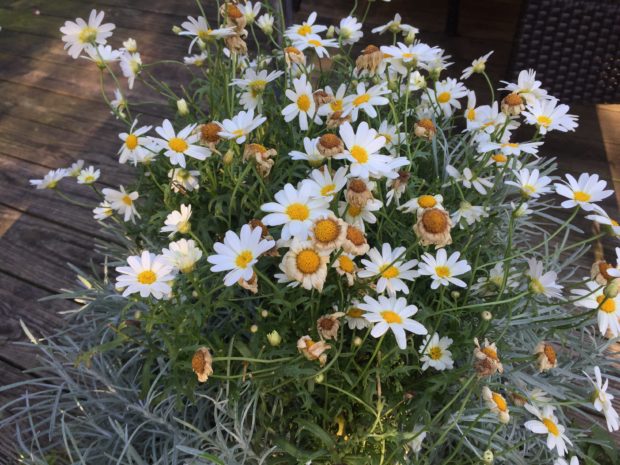 How long will it last? This question applies to no end of various and not necessarily garden related situations. To follow are just a few of those topics. How long will these things last? A moss basket, a new refrigerator, a manicure, a bad cold, the flowers on the hellebores, a fancy bar of soap, a pair of boots, a power outage, the rain, the bloom on the coneflowers, a headache, – you get the idea. The duration of any situation is of interest to everyone. Sometimes a brief duration or quick finish is perfect. Other times, a finish taking years to achieve is a treasured goal. Gardeners do make decisions based on longevity. Why wouldn’t they? It is an individual decision. Peonies and asparagus are very long lived-foxglove not so long. For those gardeners who would not do without foxgloves, the investment in the short term is worthwhile, despite their ephemeral nature. I know gardeners who plant oak trees that are 10 inches tall. They are in it for the long run. Those gardeners who plant peonies and asparagus also understand the long view. Those of us who plant seasonal containers know their time is exactly that-one season.
How long will it last? This question applies to no end of various and not necessarily garden related situations. To follow are just a few of those topics. How long will these things last? A moss basket, a new refrigerator, a manicure, a bad cold, the flowers on the hellebores, a fancy bar of soap, a pair of boots, a power outage, the rain, the bloom on the coneflowers, a headache, – you get the idea. The duration of any situation is of interest to everyone. Sometimes a brief duration or quick finish is perfect. Other times, a finish taking years to achieve is a treasured goal. Gardeners do make decisions based on longevity. Why wouldn’t they? It is an individual decision. Peonies and asparagus are very long lived-foxglove not so long. For those gardeners who would not do without foxgloves, the investment in the short term is worthwhile, despite their ephemeral nature. I know gardeners who plant oak trees that are 10 inches tall. They are in it for the long run. Those gardeners who plant peonies and asparagus also understand the long view. Those of us who plant seasonal containers know their time is exactly that-one season.
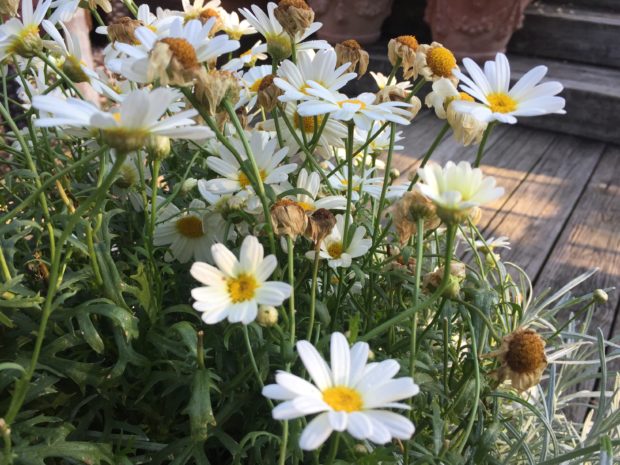 An investment in container plantings is considerable-both in materials, and time. That interest represents a love for a season that is but 3 months long, but incredibly satisfying. Some gardeners plants lots of containers-others avoid that planting and maintenance in the same way they would avoid trouble. In my opinion, they are missing out on one of the best parts of summer gardening. But every gardener in charge gets to choose how they wish to garden. I support individual expression-it makes the gardening world interesting. But for those of you who planted containers for summer, I have a little advice. Though our summer season is fading, I do believe that containers well maintained throughout the summer are good to represent on into the fall. A late spell of very warm weather has kept my container plantings happy. To the last, they look great. How long my summer containers last is not strictly weather driven. How long they will last is not a question that has an obvious or definitive answer. Seasonal containers that get great care from the start have a much better chance to thrive long into the fall.
An investment in container plantings is considerable-both in materials, and time. That interest represents a love for a season that is but 3 months long, but incredibly satisfying. Some gardeners plants lots of containers-others avoid that planting and maintenance in the same way they would avoid trouble. In my opinion, they are missing out on one of the best parts of summer gardening. But every gardener in charge gets to choose how they wish to garden. I support individual expression-it makes the gardening world interesting. But for those of you who planted containers for summer, I have a little advice. Though our summer season is fading, I do believe that containers well maintained throughout the summer are good to represent on into the fall. A late spell of very warm weather has kept my container plantings happy. To the last, they look great. How long my summer containers last is not strictly weather driven. How long they will last is not a question that has an obvious or definitive answer. Seasonal containers that get great care from the start have a much better chance to thrive long into the fall.
 Dead heading annual flowers is part of what keeps annual plants blooming into the fall season. Annual plants bloom, and move on to setting seed. If the dead flower heads are removed, annual plants will set more flower buds. Their mission is to set seed. Your mission is a summer full of flowers. A duel-how I love drama in the garden! Cutting off dead flower heads is a tedious job, but the time it takes means more flowers, and an extended blooming season. This argyranthemum “Pure White Butterfly, or marguerite, will bloom heavily all season long, provided it has some encouragement.
Dead heading annual flowers is part of what keeps annual plants blooming into the fall season. Annual plants bloom, and move on to setting seed. If the dead flower heads are removed, annual plants will set more flower buds. Their mission is to set seed. Your mission is a summer full of flowers. A duel-how I love drama in the garden! Cutting off dead flower heads is a tedious job, but the time it takes means more flowers, and an extended blooming season. This argyranthemum “Pure White Butterfly, or marguerite, will bloom heavily all season long, provided it has some encouragement.
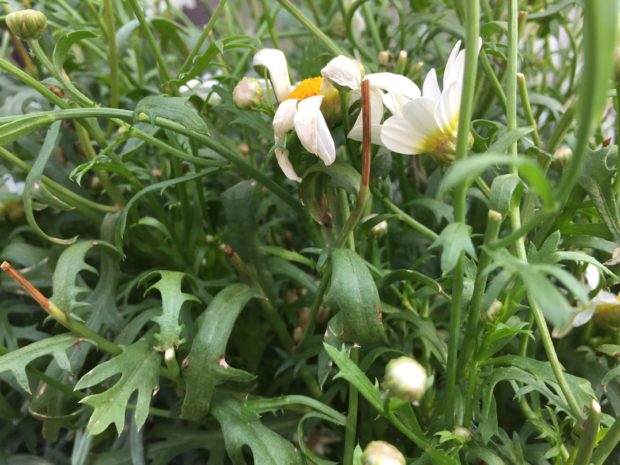 Cutting the flower head off at the top is not enough. The stem needs removing as well. Once a stem has budded, bloomed, and matured, that stem will not bloom again. Leaving the stem means the plant will put energy into curing the that stem-energy that could better be spent on flower production.
Cutting the flower head off at the top is not enough. The stem needs removing as well. Once a stem has budded, bloomed, and matured, that stem will not bloom again. Leaving the stem means the plant will put energy into curing the that stem-energy that could better be spent on flower production.
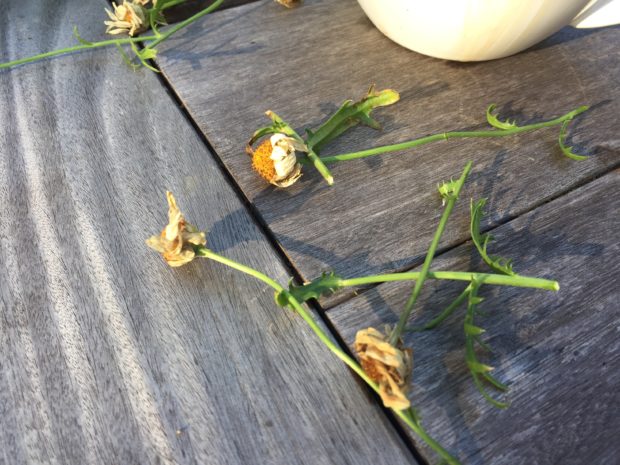 I save my dead heading work for a time when I have time to do a thorough job of it. A month ago I fixed a cup of coffee on a Sunday morning, and went to work. I had no plans. No place to be. This was a perfect time to focus, and cut away dead blooms and stems. I was interested that this container that I had planted in the spring would bloom on into the fall.
I save my dead heading work for a time when I have time to do a thorough job of it. A month ago I fixed a cup of coffee on a Sunday morning, and went to work. I had no plans. No place to be. This was a perfect time to focus, and cut away dead blooms and stems. I was interested that this container that I had planted in the spring would bloom on into the fall.
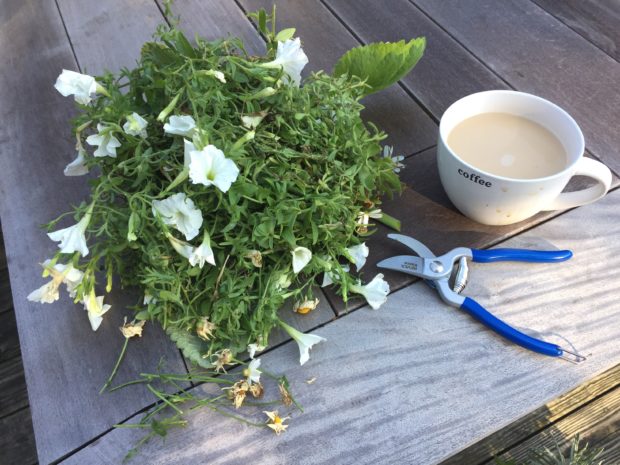 The petunias that had been planted as a skirt in May got a serious shearing. The short spring flowering white daisies that faced down the white marguerites got replaced with the foliage plant commonly called “icicles”. All of this thorough chop, and tune up took place a month ago.
The petunias that had been planted as a skirt in May got a serious shearing. The short spring flowering white daisies that faced down the white marguerites got replaced with the foliage plant commonly called “icicles”. All of this thorough chop, and tune up took place a month ago.
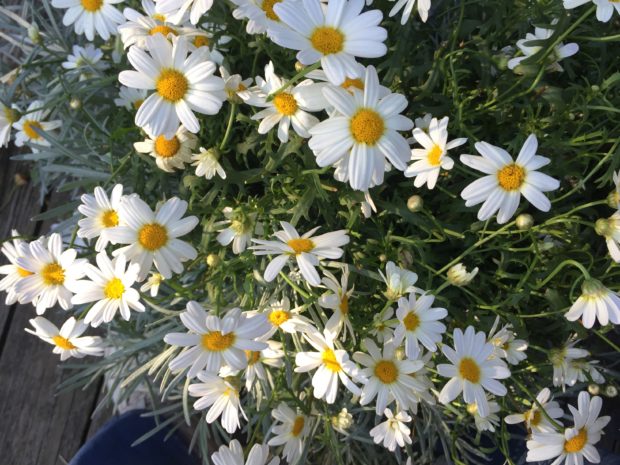 The 20th of September, my daisies look fresh and vigorous. They are thriving, given the care they have had all summer long. I would not advise planting marguerites in your summer containers if you are not able to keep up with their blooming cycle. But if you have a soft spot for daisies, this one will soldier on with a little regular help from you.
The 20th of September, my daisies look fresh and vigorous. They are thriving, given the care they have had all summer long. I would not advise planting marguerites in your summer containers if you are not able to keep up with their blooming cycle. But if you have a soft spot for daisies, this one will soldier on with a little regular help from you.
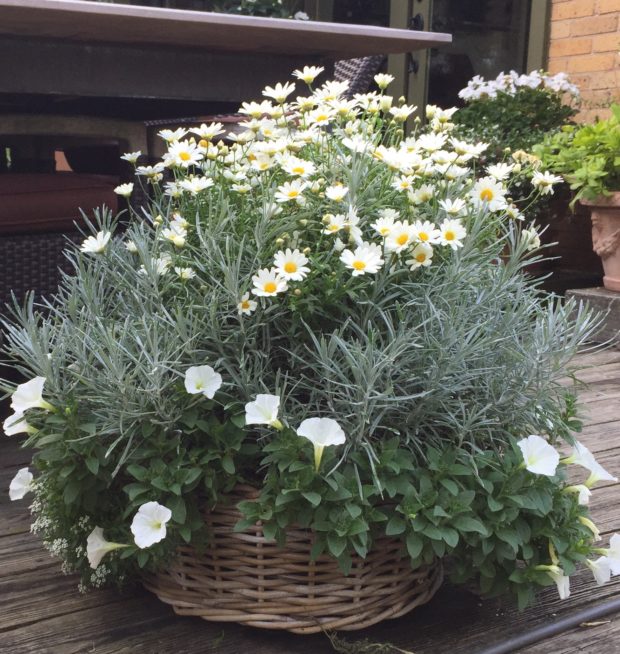 September 21, this basket that was planted the beginning of May looks good to me. The big idea is simple. Whatever you put in to a garden, what comes out will surely delight you.
September 21, this basket that was planted the beginning of May looks good to me. The big idea is simple. Whatever you put in to a garden, what comes out will surely delight you.





